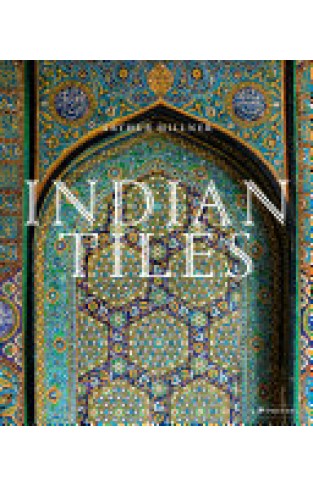Historic India, which now encompasses the modern nations of India, Pakistan and Bangladesh, is celebrated for the richness of its architectural and decorative arts, but less well known for glazed tiles. Arthur Millner opens up this hitherto neglected subject with a richly illustrated narrative of the development of tiles across the South Asian Subcontinent. Millner traces the craft's roots in Muslim Persia, Afghanistan and Central Asia, showing how imported glazing techniques combined with an ancient local tradition of clay craftsmanship. He explores the production, designs and influences in Indian tiles from antiquity to the colonial period, tracing the historical evolution through a series of key eras, including the Delhi Sultanate and the Mughal Empire in Northern India as well as the independent sultanates in the Deccan, Bengal, Central India and the Indus region. Although glazed tiles are generally associated with Islam, they also briefly flourished in both Hindu strongholds, such as Gwalior and Orchha, and in Christian Portuguese-ruled Goa. More than four hundred photographs, many of little-known sites, are drawn from the author's years of travel as well as from colleagues, the archives of the Victoria and Albert Museum, auction houses and other celebrated institutions. These images capture both the architectural context and the visual appeal of the vibrant colors and intricate designs, and provide a visual compendium of the different styles and techniques. Taken together they offer a unique chronicle of an important and environmentally threatened aspect of the region's cultural, artistic and religious evolution over centuries--one that will appeal to both the specialist and general reader including anyone with an interest in Indian history and architecture, as well as those interested in Islamic art and ceramics.












